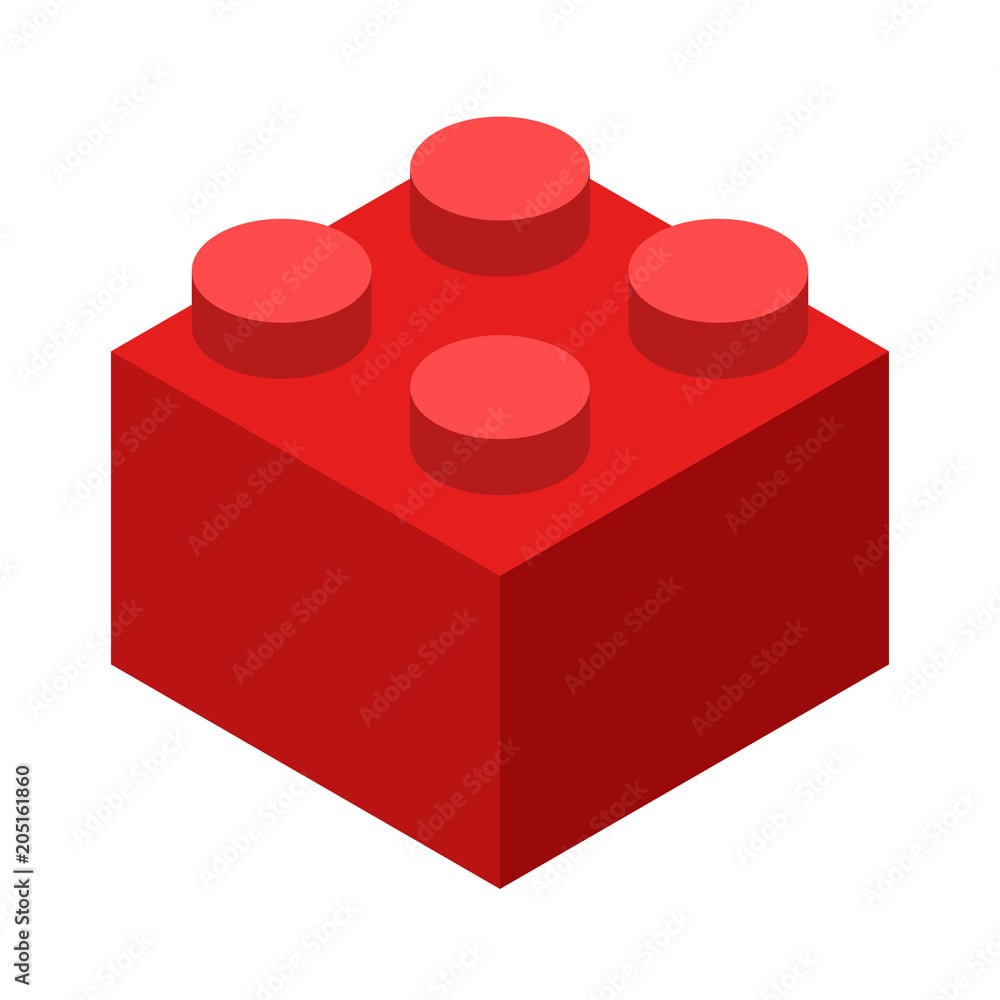

On “the actual
environment/background is not made of Lego” complaint:
while Bricktales looks neat, its “environment/background” is tiny.
For anyone interested in a more Minecraft+LEGO experience, with an actual world made entirely of LEGO that you can interact with, check out LEGO Worlds. (currently 80% off on steam)



Absolutely. This game had so much more potential than was realized.